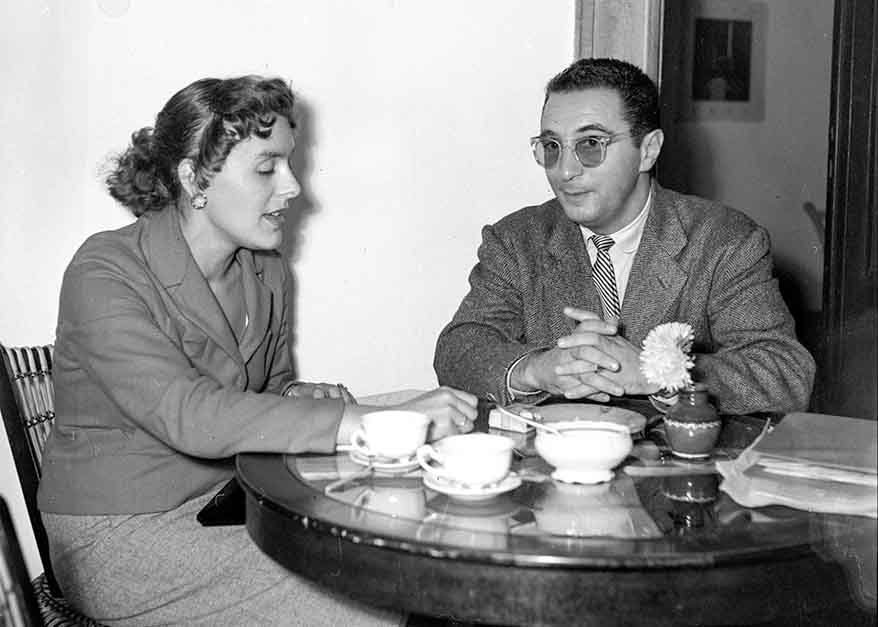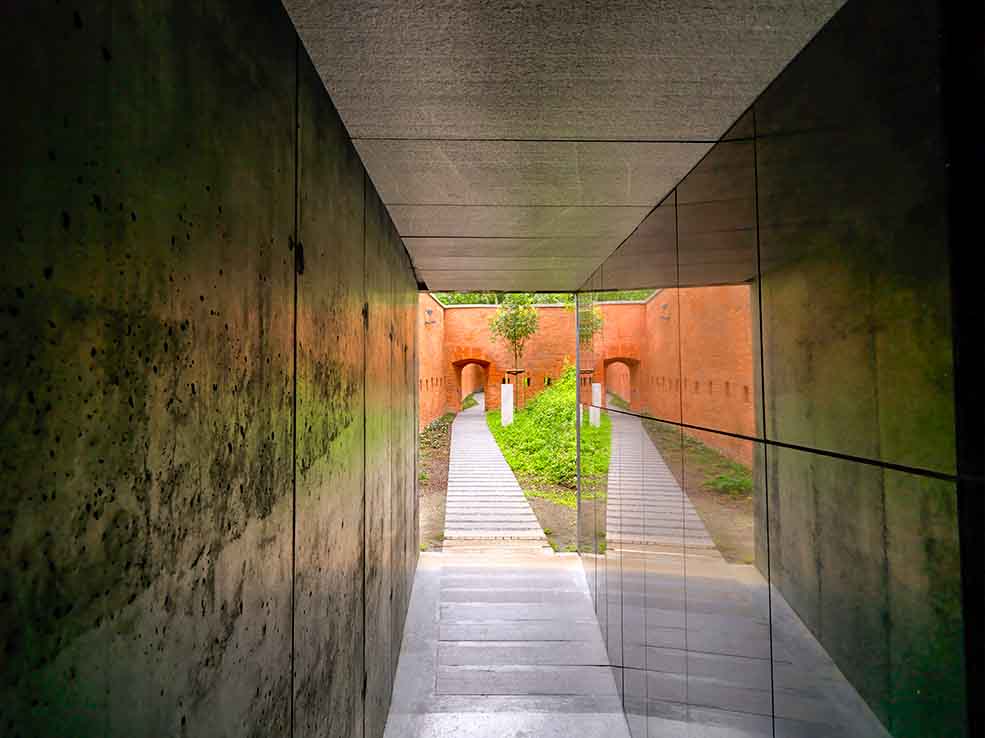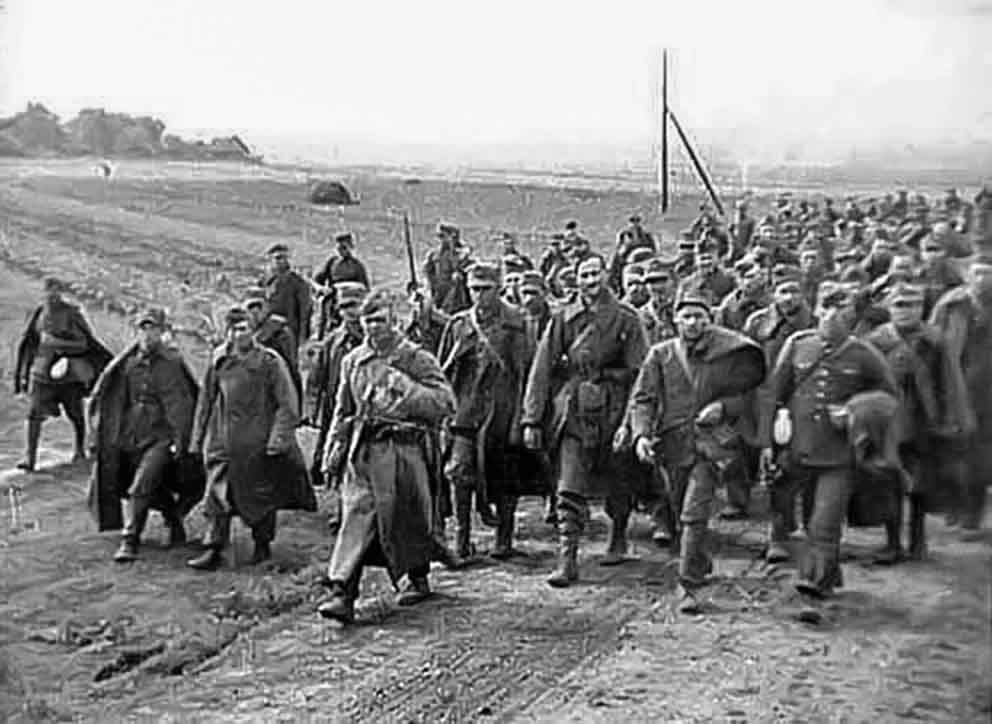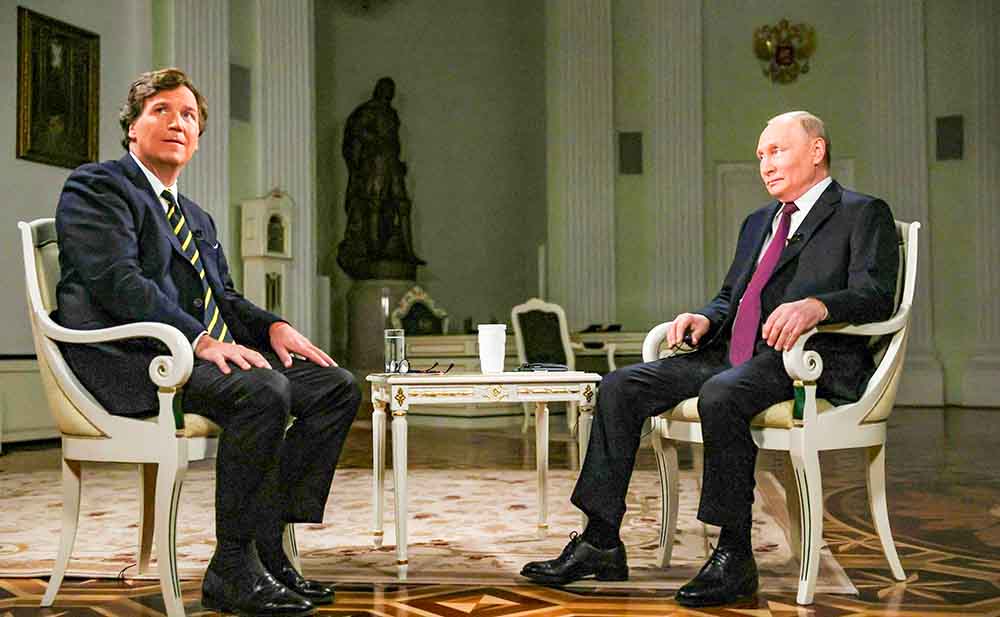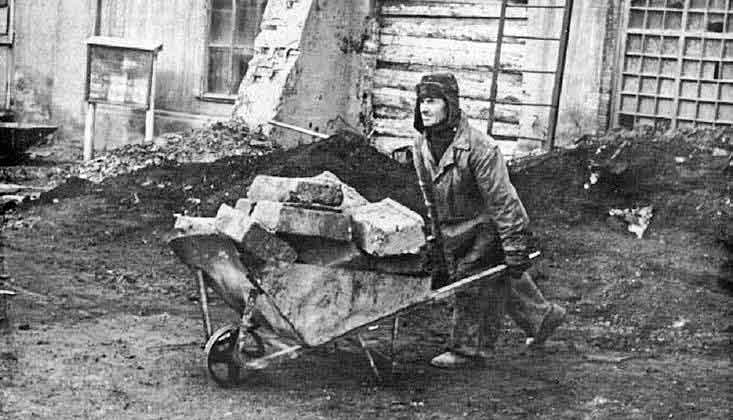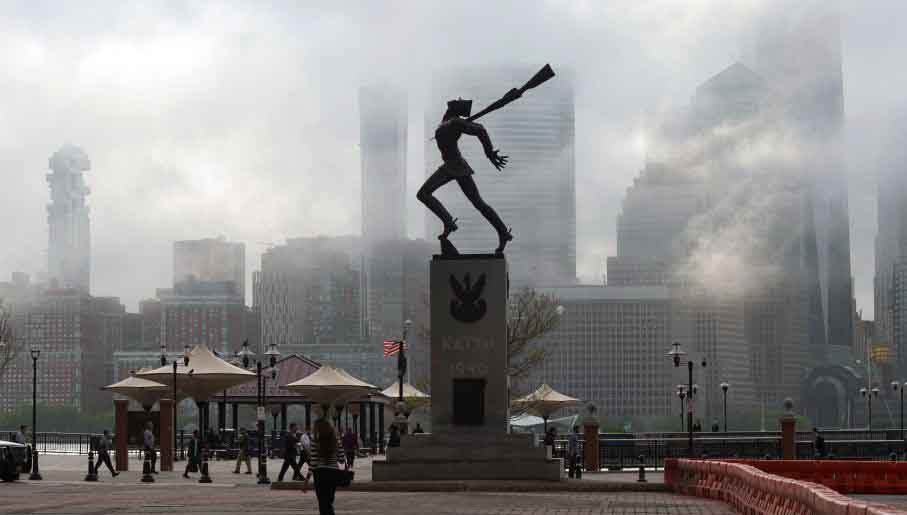His friends last saw him at the train station in Bydgoszcz. Józef Dróbka contacted his family to tell them that he was doing well and would return home as soon as possible. He was among thousands of Poles mobilized in the late summer of 1939. They were supposed to defend their homeland against the German attack, but on September 17 - in the third week of the war - another powerful enemy attacked the country from the east: the Red Army. Dróbka was among those who were captured by the Soviets.
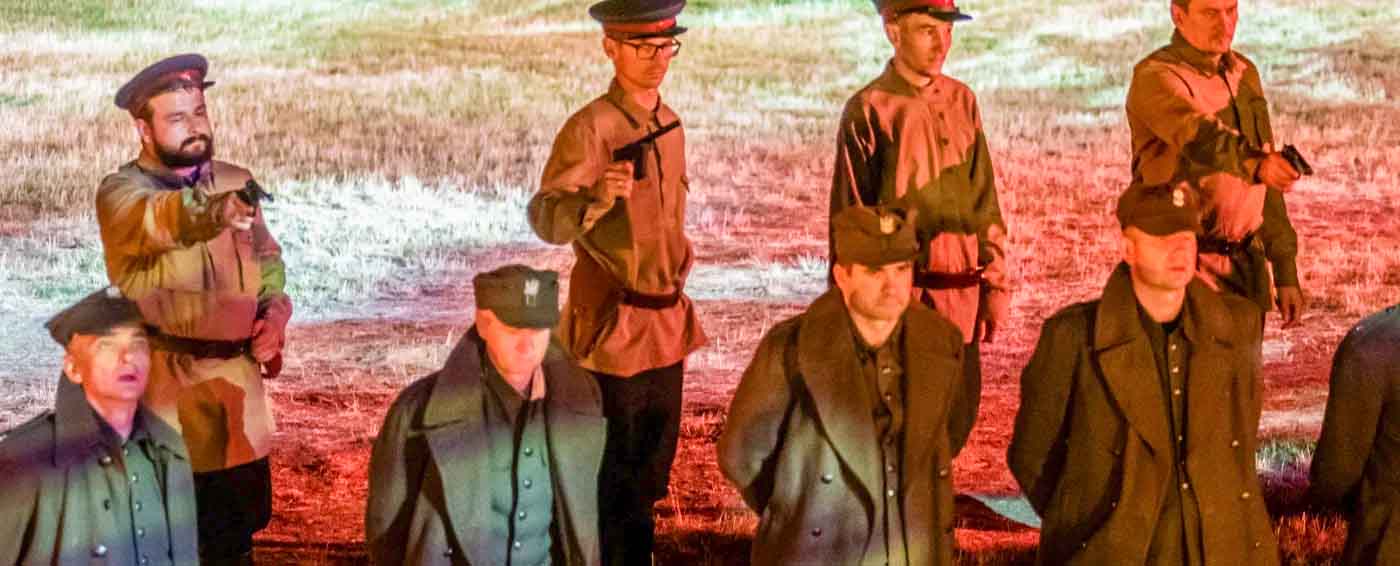
(Source: DlaPolonii.pl)
Two totalitarian regimes, despite ideological differences, united at that time by a common pact, spread terror on the conquered Polish lands from the very beginning. To this day, the symbols of the bloody German occupation are the chimneys of Auschwitz and other extermination camps, but also the death pits at places of mass executions, such as Palmiry and Piaśnica. In turn, the word "Katyn" is inextricably and most strongly associated with the brutal Soviet occupation.
"A sad day - we don't know what's going on at home," wrote one of the Poles imprisoned in the Soviet camp in Kozielsk on Christmas Eve 1939. Polish Army officers were held there and in Starobielsk. Mainly policemen, gendarmes, officers of the Prison Guard, the Border Protection Corps and the Border Guard were sent to Ostaszków (including Józef Dróbka). The prisons of the, so called, Western Belarus and Western Ukraine - as the Soviets called the eastern lands of the Second Polish Republic, illegally annexed to the USSR - were quickly filling up with Polish patriots.
The fate of these people was decided at the beginning of March 1940. It was then that Lavrenty Beria, the head of the notorious NKVD, in a note to the Soviet leader Joseph Stalin suggested shooting - without any trial - 14,700 Polish prisoners-of-war, and 11,000 prisoners. He explained that these were "declared enemies of the Soviet government with no promise of improvement."
There was some logic in this devilish argument. The people Beria decided to kill had faithfully served the Polish state over the past twenty years and certainly had not come to terms with the loss of independence.
Dróbka enlisted in the Polish Army in 1920. In the ranks of the 17th Greater Poland Uhlan Regiment, he took part in the war against the Bolsheviks, who wanted to bring their bloody revolution to Europe "over the corpse of white Poland". When the invasion was repelled and peace came, Dróbka served in the Customs Guard and then the Border Guard. "Earnest, dutiful, diligent, he performs his service with dedication," we read in the opinion given to him by his superior. In 1939, he worked in the staff team of the Border Guard District Headquarters in Chojnice. He had a wife, three children – and a three-room apartment. The war interrupted this stable life.
"There was crying, but also hopes for a quick return" - this is what his grandson Zdzisław wrote years later about the moment his grandfather separated from his family. The Dróbeks, like many of their compatriots, believed in the help of Poland's western allies: France and Great Britain. However, this did not come - neither in September 1939, nor in the following months.
Meanwhile, Stalin and his closest associates approved Beria's devilish proposal. On April 3, 1940, the "unloading" of Polish POW camps in the USSR began. Those incarcerated in Kozielsk were transported to Katyn near Smolensk and murdered there. Prisoners from Starobelsk were killed in Kharkov, and those from Ostashkov - in the basement of the NKVD headquarters in Kalinin (now Tver).
The shooting began in the evening and ended at dawn, later testified Dmitry Tokarev, head of the NKVD Regional Directorate in Kalinin in 1940. He remembered that in one of the rooms personal details were checked and then the person was handcuffed and taken to the death row. There, the victim died from a shot to the back of the head. The bodies were placed on trucks and in the morning they were taken away near the town of Miednoje, where a pit had already been prepared at the edge of the forest, capable of containing 250 bodies. This is what the last journey of Józef Dróbka, murdered on April 27, must have looked like.
At the same time, the extermination of Polish prisoners continued in Kiev, Minsk and other places. Today, the Soviet murder of Poles in the spring of 1940 is commonly called the Katyn massacre. It is known that in total it claimed the lives of at least 21,768 people.
It is no accident that we say that the cream of the Polish intelligentsia was murdered in Katyn. The list of victims includes high-ranking officers of the Polish Army and other uniformed services, priests, but also people who, in civilian life, were doctors, engineers, lawyers, teachers, or officials. It should also be added that Soviet repression also affected numerous families of the murdered. They were deported deep into the USSR, to the "inhuman land".
The Katyn Massacre was to remain a secret forever. However, in April 1943, the Germans - who had been waging war against the Soviets for almost two years and had managed to advance far to the east - announced to the world the discovery of the bodies of Polish officers in Katyn. They invited the International Medical Commission to the crime scene. Although they themselves committed no less terrible crimes and also covered up their traces, in the case of Katyn they had an interest in revealing the truth.
Stalin was denying. The Soviet authorities established their own pseudo-commission - the so-called Burdenko Commission. Even during the war, it stated that the Katyn massacre was committed by the Germans in 1941. This allegation was also included in the indictment against the main German war criminals tried at Nuremberg. This is how the Katyn lie was born and strengthened.
For the next several dozen years, it was in force not only in the Soviet Union, but also in all the countries of Central and Eastern Europe that, at the end of World War II, found themselves in the sphere of influence of the USSR. The communist power in Poland, brought on Soviet bayonets, was also built on the foundation of the Katyn lie. Anyone who tried to preach the truth about Katyn, or even investigate it, was exposed to repression.
Józef Dróbka's relatives did not know what happened to him for a long time. A few years after the war, the Municipal Court in Chojnice declared him dead and adopted May 9, 1946 as the date of death. "The family spoke only half-words or remained silent," recalls Zdzisław Dróbka. In 1963, his grandmother gave him his grandfather's button with a Polish eagle. “Here, look for him,” she said. But the search for Józef Dróbka in Poland and abroad was fruitless.
Only in April 1990 - on the wave of glasnost - did the Soviet authorities admit that the Katyn massacre was one of the "grave crimes of Stalinism". In the same year, the Dróbkas learned that Józef was probably a prisoner of Ostaszków and was murdered in Kalinin. Later the information was confirmed. In 1993, Zdzisław Dróbka went to Miednoje to dig a cross at the site of his grandfather's execution and collect soil from there. A dozen or so years later, he planted an Oak of Remembrance at the Border Guard Central Training Center in Koszalin.
Katyn is an important part of Polish history and memory. The trauma of what happened 84 years ago is further strengthened for Poles by the tragedy of fourteen years ago. On April 10, 2010, then-President Lech Kaczyński flew to Smolensk to take part in the anniversary celebrations in Katyn - to pay tribute to the victims on Russian soil and recall the truth about the Soviet crime. 96 people died in the plane crash: the president and his wife and many other representatives of the elite of the Polish state. It is also an integral part of Poland's recent history.
But this is not the only reason why the genocidal Katyn crime is much more than just the past. The graves in Katyn, Miednoje and other places show us the essence of the Soviet soul - focused on evil, destruction, expansion. In the third decade of the 21st century, this soul is reborn in a slightly different incarnation. The Russian Federation almost directly glorifies its communist past and shows imperial tendencies.
Two years ago, heavy construction equipment demonstratively appeared in front of the Polish cemetery in Katyn. But even excavators would not be able to cover the Katyn truth.







